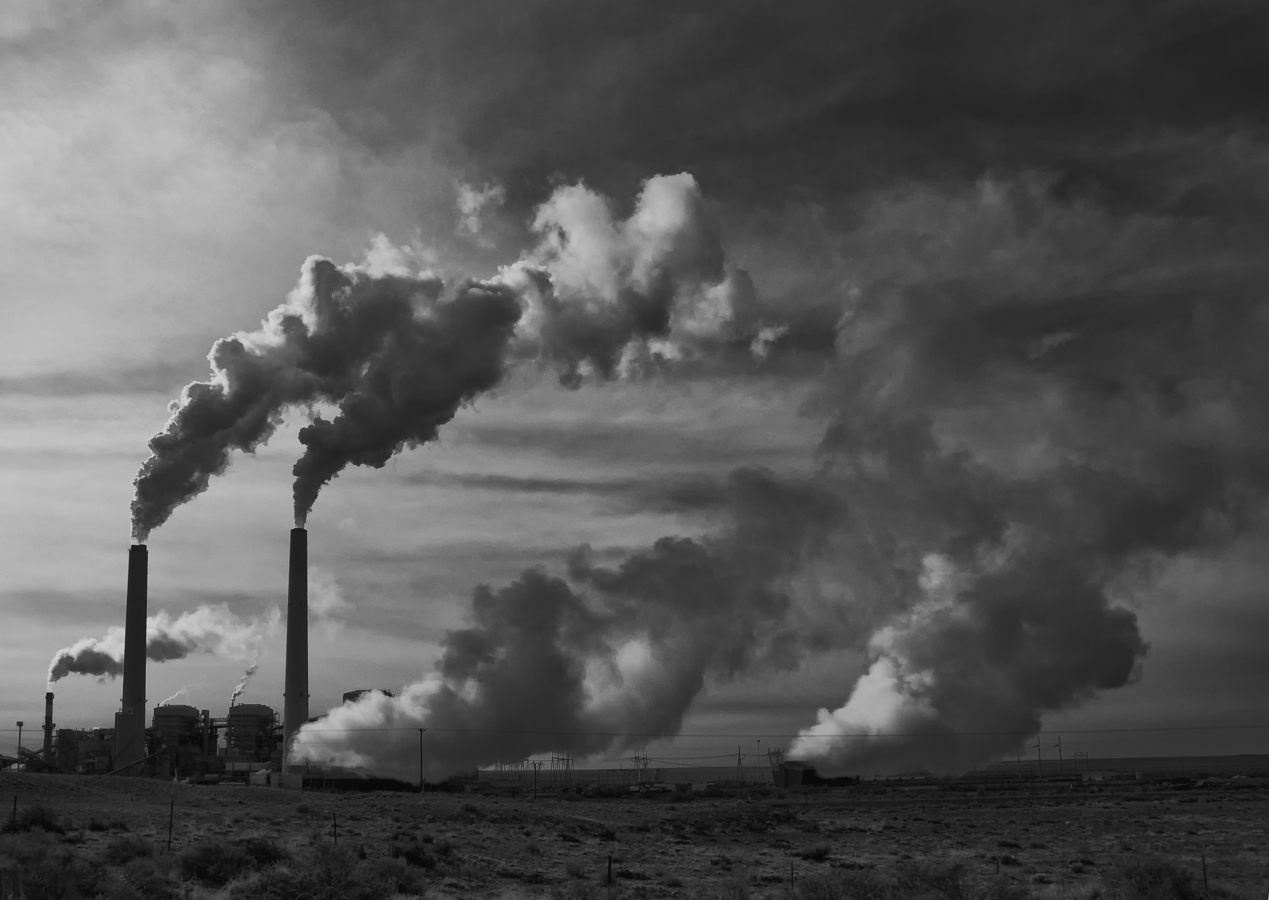 |
| Vegetable Oil Bottle |
It is simply the conversion of cooked oil that is no longer good for human consumption to be transferred into biodiesel that can be used in any diesel engine. Yes, any diesel engine!, in a matter of fact biodiesel that is processed correctly is even better for your engine than regular diesel can you believe that!, don't and we will tell you why later.
Just imagine that if we made use of the 52.1 million tonnes ,of palm oil alone, that were produced in 2012 and transformed it into biodiesel (of course that will mean that we had 26.05 million tonnes of cooking oil that was got rid of and the other 26.05 of palm oil was consumed with whatever was cooked in that oil) so if we used that oil and turned it to biodiesel then we will have substantial amounts of biodiesel that can fuel trucks to load goods to and from thriving cities with lower, I mean much lower environmental impact than diesel. Carbon Dioxide emissions are 80-85% less from biodiesel compared with regular diesel. That is good news for everyone especially for cities that are too congested and are suffering from car emissions.

If we look at the total world production of vegetable oil which is 175.65 million metric tonnes, then using the same criteria we could have access to around 87 million metric tonnes of used vegetable oil that means 735.15 million barrels of potential biodiesel. In 2010 the world diesel consumption were 9173 million barrels a year and that is around 8% of the total world need for diesel oil. If you find that 8% is just too little then please let me tell you that you are wrong. Because if you look at the quantity of carbon dioxide that can be reduced from this 8% you will reconsider your thoughts (I hope) for the record
one liter of diesel produces 2.772Kg of CO2 compared with just around 0.5Kg from diesel oil. That is 2037.83 million tonnes of CO2 compared with 367.575 million tonnes of CO2 from Biodiesel.
One tree can process 21Kg of CO2 in 1 year this would mean that from this 8% then we are reducing the need to plant around 80 million trees (but don't get me wrong we need to plant millions and millions of trees)
Not only that, but usually in many developing countries oil is disposed off in a very non environmental friendly way. This leads to many problems among of which is the accumulation of oil on the surface of lakes or bodies of water which leads to reduced oxygenation of water and thus threatens marine life or at least impacts fish numbers in those areas. You might want to know more about the
waste oil disposal issues by visiting the link that better addresses such problem.
But don't get too excited there many engine manufacturers recommend that pure biodiesel is not a good alternative to your car or truck and say that your engine is under warranty if you use 20:80 ratio that means that you can only mix 20 gallons of biodiesel to 80 gallons of regular diesel oil this term is also known as B20. You can use B100 that complies with the ASTM
(American Society for Testing materials) but that right now is not recommended by many engine and car manufacturers around the world.
Recently the car guru Volkswagen has revealed its new highly efficient car that they claim that is capable to go for as much as 60 miles per one liter of diesel! and if we use a B20 blend this would mean that the car is a really good choice for those who are caring for earth and the environment around them. Its name is the
XL1 and is a hybrid car that has the name of the one liter car!. Unfortunately its price tag is around 111K in Euro and is a concept car, but there are other diesel car that are within the reach of the public and here are the
best 10 diesel cars with the highest MPG.
For me even if it ranked fourth in the list but I will really consider a VW Golf if I ever want to buy a new car for me (I think these are my male genes speaking now).
All in all the message is clear, we can be green and care about the environment, while also keeping our modern lifestyle. We just have to make certain adjustments and tweaking so that we live in a more energy conserving and use more energy efficient gadgets.
For even more in depth info around this topic you might want to see:
How to make your own biofuel
How To Start Your Own Biodiesel Fuel Program (PDF)
Palm Oil Facts and Figures
how it's made wikihow topic
how to convert cooking oil to a biodiesel
McDonald's turning green Plan
Brazil want to become the Saudi Arabia of Ethanol
Hope you like this article, please for your opinions and comments type them in the comment box below, thank you.




